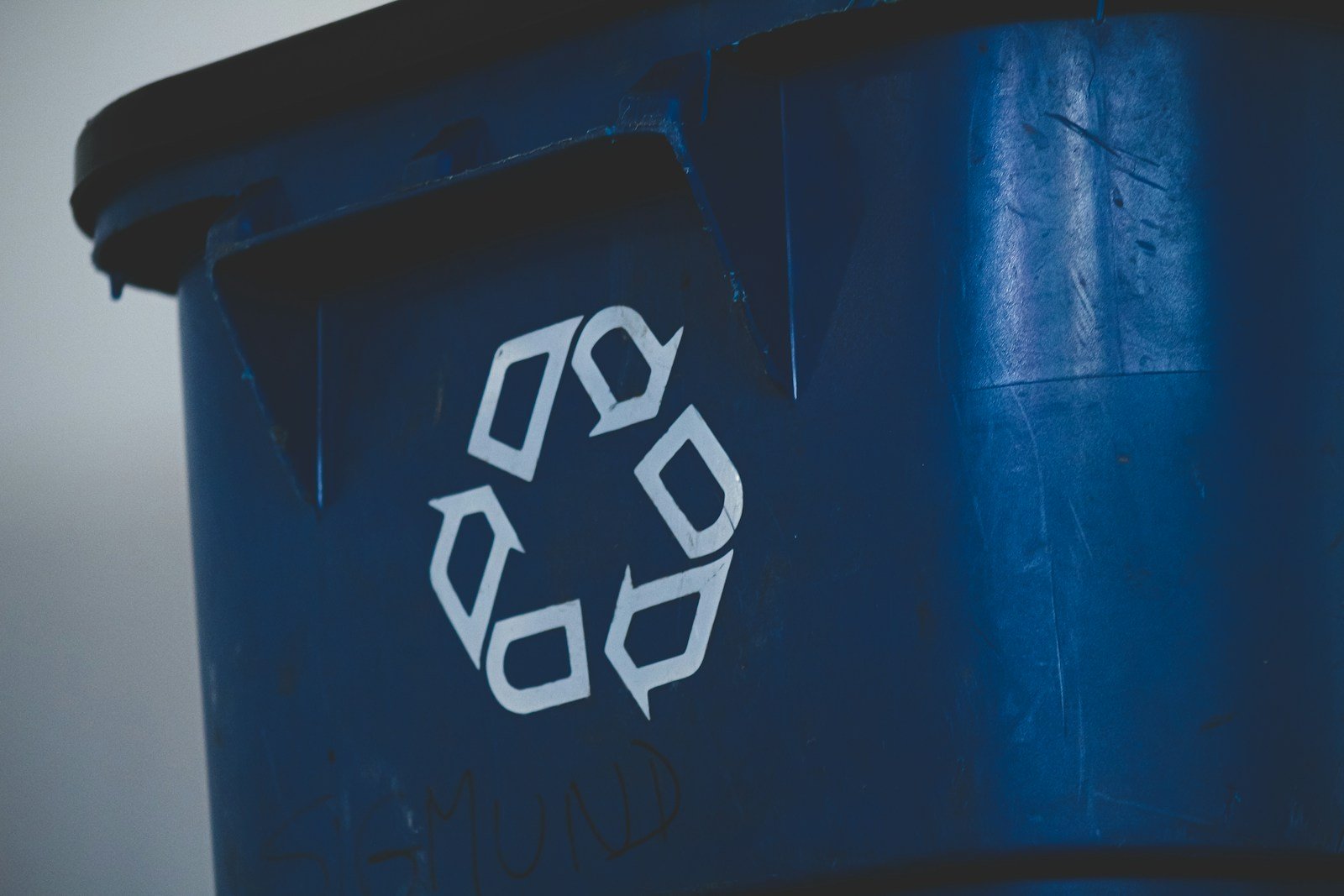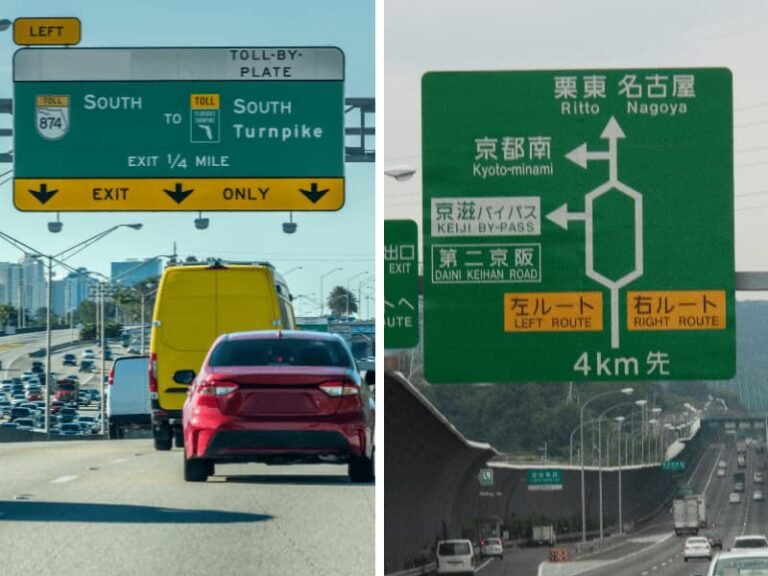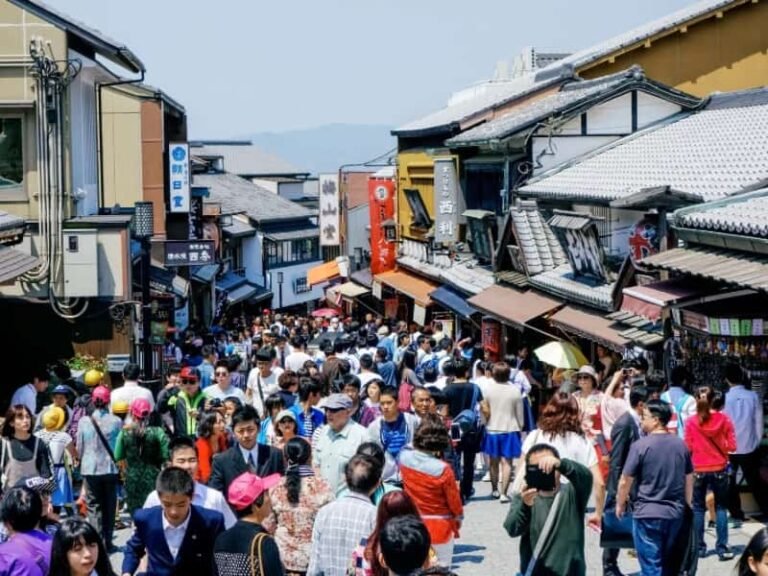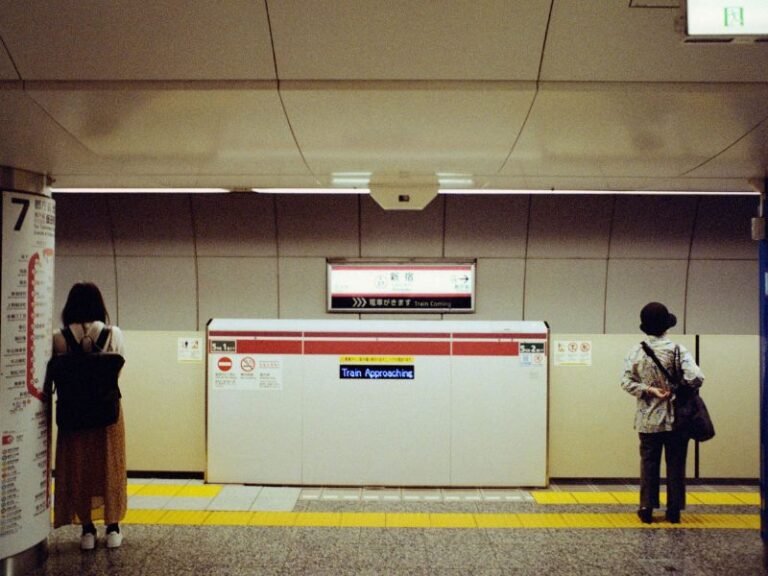Navigating Japan’s Recycling System: Tips for Visitors and Long-Term Residents
When I first moved to the United States from Japan, my landlord handed me just two bins—one for landfill trash and another for recyclables. I remember standing there, genuinely confused, thinking: “That’s it? Don’t we need to separate the garbage more… thoroughly?” Three years later, I’m still throwing everything into these two bins without any issues. The simplicity still feels like a strange luxury.
Let me share my perspective on the striking differences between Japan’s recycling system and American waste management systems, and offer some practical advice for travelers and long-term residents navigating these cultural differences.
The Great Recycling Divide: US vs. Japan
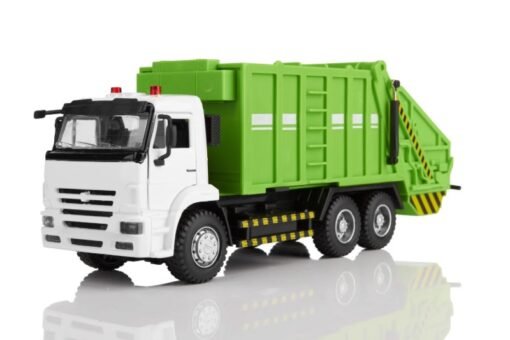
In the United States, recycling is designed for convenience. Most areas use a “single-stream” approach where all recyclables go into one container to be sorted at processing facilities. It’s straightforward, requiring minimal effort from residents.
However, Japan’s recycling system has an entirely different philosophy:
In my hometown in Japan, our community rulebook listed numerous waste categories. We separated plastics, papers, PET bottles, glass bottles (by color!), cans, burnable garbage, non-burnable garbage, hazardous materials, and more. Each category had specific collection days, bags, and preparation requirements.
What’s more fascinating? Community enforcement is real. In my neighborhood, residents took turns supervising the collection station. Yes, I occasionally had to stand there for an hour in the morning, checking my neighbors’ trash and explaining mistakes! While I didn’t particularly enjoy this duty, I can’t deny the results—our town remained impressively clean.
Why Such Different Approaches?
These contrasting systems reflect deeper cultural and geographical realities:
- Land availability: Japan’s limited space makes efficient waste management critical, while America has more room for landfills.
- Cultural values: Japanese society emphasizes collective responsibility and meticulous attention to detail.
- Government policy: Japan implemented comprehensive national recycling laws, while the US approach varies widely by location.
The Packaging Paradox

Here’s where things get interesting—despite having one of the world’s most rigorous recycling systems, Japan is obsessed with packaging. Almost everything comes wrapped, then wrapped again:
- Individually plastic-wrapped cookies inside a plastic tray, inside a plastic bag, inside a decorated box
- Department store purchases wrapped in multiple layers with decorative ribbons
- Fruits individually wrapped for “protection” and presentation
This creates a fascinating contradiction: the same society that generates abundant packaging waste also takes extraordinary measures to process it properly. The wrapping culture represents both Japanese attention to presentation and hospitality, while creating environmental challenges that their recycling system attempts to address.
Short-Term Visitor’s Guide to Japan’s recycle system

If you’re visiting Japan for a brief period, here’s what you need to know:
1. Public trash cans are surprisingly scarce Despite being meticulously clean, Japanese cities have few public trash bins. The expectation is that you’ll carry your garbage until you find appropriate disposal. Many visitors are shocked by this!
2. Know the basic categories When you do find public bins, they typically offer:
- PET bottles (plastic drink bottles)
- Cans/bottles
- Burnable trash (food waste, paper)
- Sometimes separate openings for each
3. Store solutions (Convenience stores, Supermarkets) Many convenience stores (konbini) and Supermarkets have recycling bins near their entrances, making them reliable spots for disposal.
4. Hotel etiquette Most hotels provide separate bins in rooms. If not, keeping trash sorted makes housekeeping’s job easier.
Long-Term Resident’s Survival Guide to Japan’s recycling system
Moving to Japan? Prepare for recycling boot camp:
1. Get your local garbage guide
Every city has specific rules. Your city office will provide guides (often with helpful pictures). Some areas now offer English translations. My hometown has an English version because our town has many foreign residents.
2. Essential trash vocabulary (This rule is varies by region.)

資源ゴミ(Shigen gomi) – Recyclable resources; the following is the example of categories.
燃えるゴミ (moeru gomi) – Burnable trash
- Plastics (プラスチック)
- PET Bottles (ペットボトル)
- Paper (紙)
- Cooking Oil (調理油 (使用済み油))
- Aluminium (アルミニウム)
- Steel (スチール)
- Small home appliances and Metal items (小型家電、金属類)
- Bottles- Beer bottles(ビール瓶)
- Bottles-blown bottles (茶色の瓶)
- Bottles-Transparent bottles (透明の瓶)
- Bottles-Other bottles (その他の瓶)
- Milk Cartons (牛乳パック)
- Aerosol cans (スプレー缶)
- Fabrics (衣類、繊維類)
- Fluorescent light bulbs (電球類)
- Batteries (電池)
- Non-Valuable items (無価物)
- 粗大ゴミ (sodai gomi) – Large items/furniture
3. Preparing trash correctly -Follow the garbage guide issued by the city
- Wash containers before recycling
- Remove labels from bottles
- Fold cardboard neatly
- Use designated bags (often sold at supermarkets and convenience stores)
4. Know your collection schedule
Each category has specific collection days.
5. Community expectations
In many neighborhoods, you’ll be expected to participate in collection point monitoring rotations. Consider it your initiation into Japanese community life.
Practical Adaptation Tips to Japan’s recycling system
For visitors:
- Carry a small bag for your trash
- Look for recycling bins at train stations and convenience stores
- When in doubt, take trash back to your accommodation
For new residents:
- Create a mini-sorting station in your apartment with labeled containers. When collection day comes, you pick up the garbage from your mini-station and throw away at the real local trash collection station. I actually do this in Japan and it worked well. Only problem is that this needs some space for it.
- Take photos of the local sorting guide for quick reference
- Ask a neighbor or colleague for help initially
Conclusion
Japan’s recycling system seems complicated at first (and they are!), but they also reflect something beautiful: a shared sense of responsibility, respect, and environmental care.
Now, I’m in the U.S., I sometimes feel strange just throwing everything into two bins. Japan has taught me to think more carefully about what I use and what I waste.
So if you’re planning a trip to Japan—or moving there—don’t be afraid of garbage day. It’s just another part of the cultural experience. And who knows? You might even come to enjoy the system!
Have you experienced different recycling systems around the world? I’d love to hear about your experiences from the comment section below!
